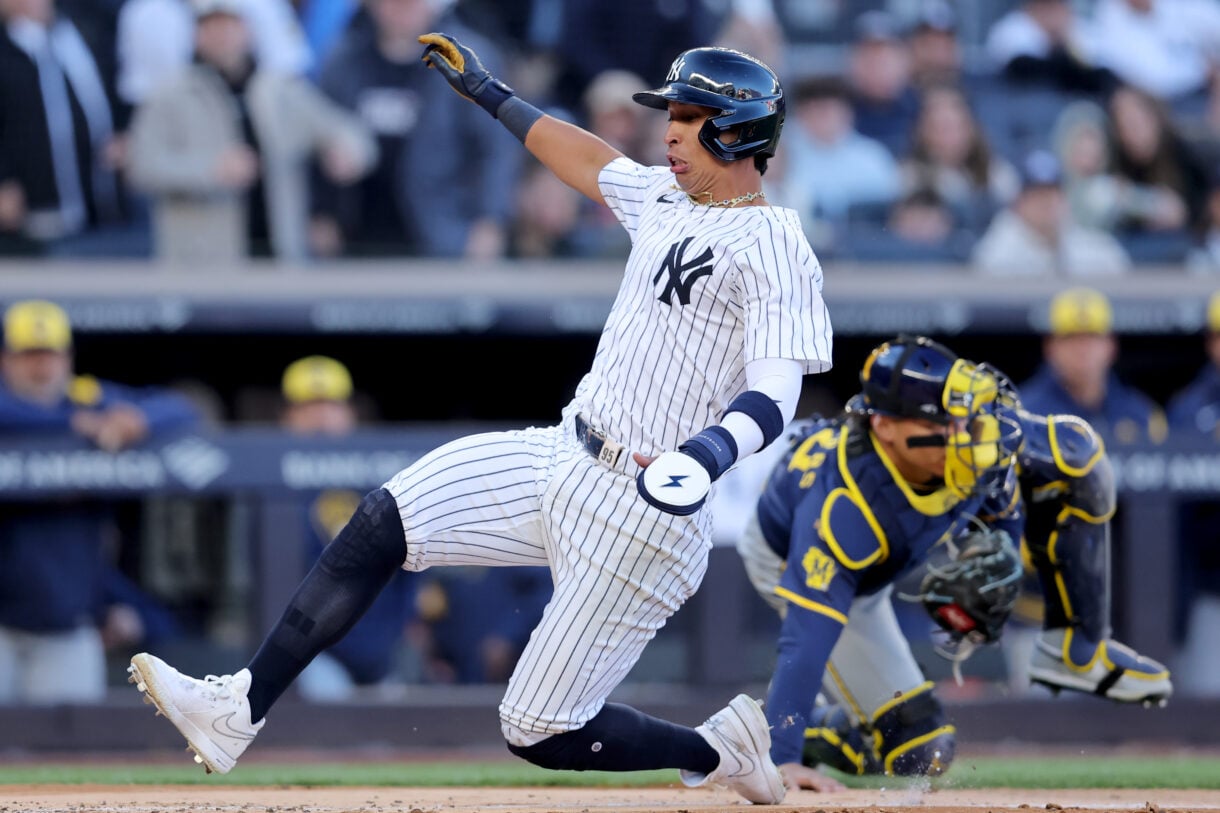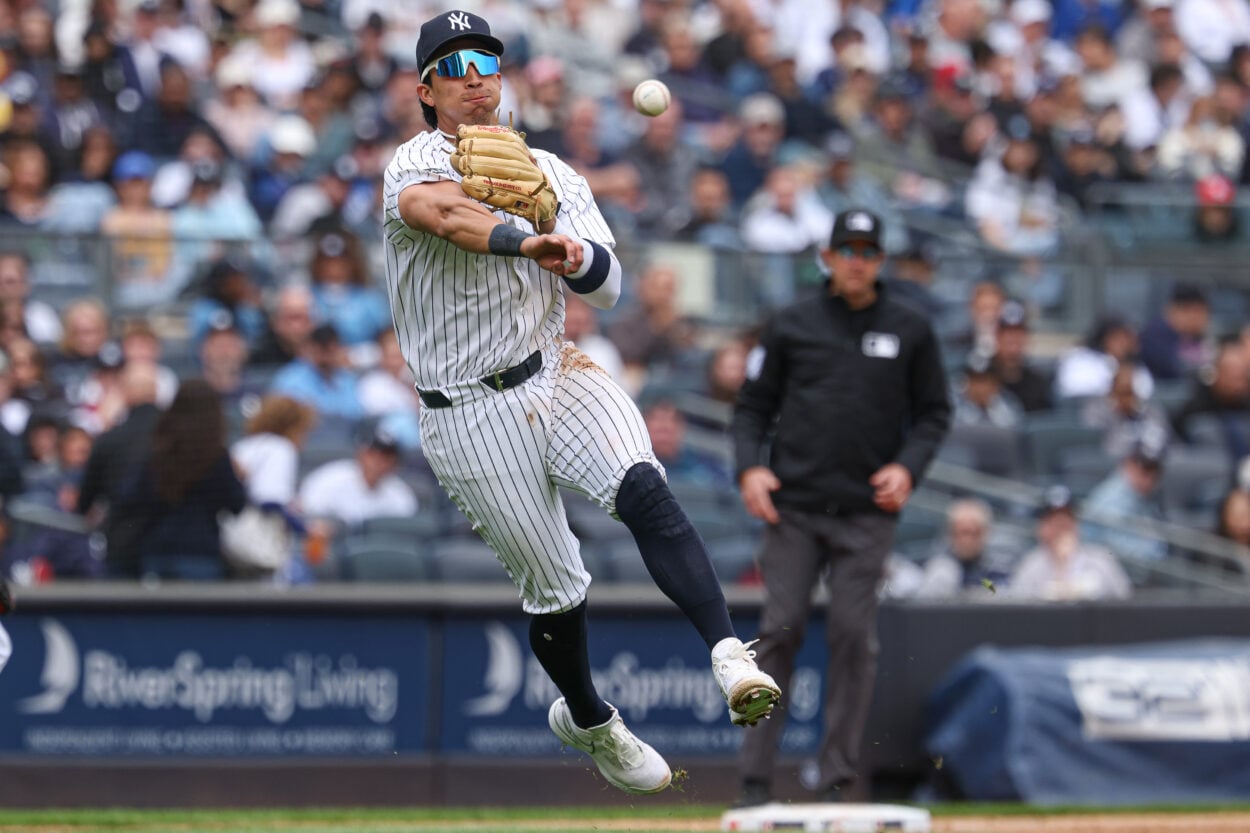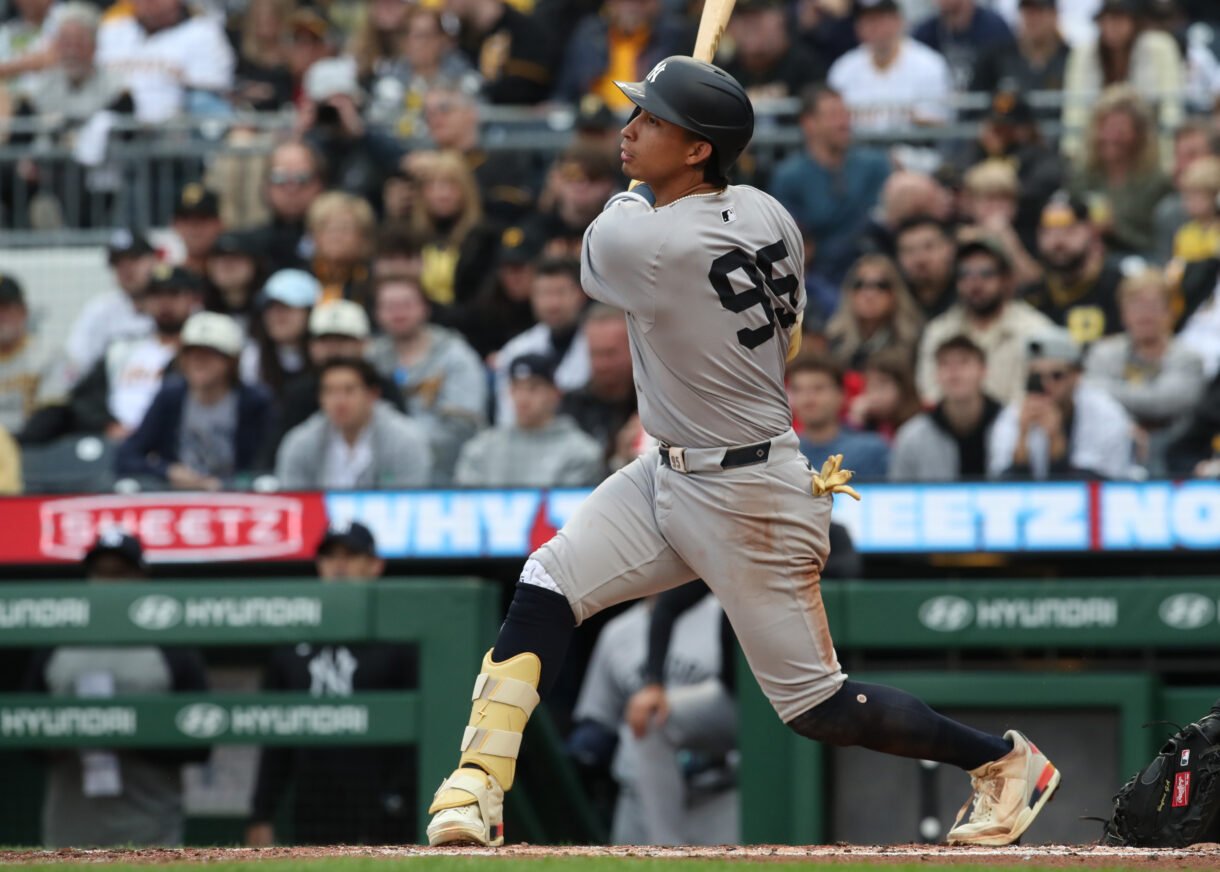
A fractured ankle in May tends to fade from memory once the offseason settles in, but inside the New York Yankees front office, Oswaldo Cabrera’s absence still lingers as a what-might-have-been. He opened last season as the Yankees third baseman, played 34 games, then disappeared from the picture in a flash of bad luck at home plate against Seattle. Now he’s back under contract, and the timing feels right for both sides.
A Small Move With Real Roster Value
The Yankees reached a one-year, 1.2 million dollar agreement with Cabrera on Friday, a simple arbitration-avoiding deal that keeps a familiar piece in the mix for 2026. On its face, it’s routine business. The Yankees have 14 arbitration-eligible players and plenty of decisions to navigate before the non-tender deadline on Friday, so locking in one of the easier calls was a sensible start.
But this is the kind of move that shapes the margins of a roster, and the Yankees have learned over the past few seasons how often those margins matter. Cabrera isn’t a star. He isn’t promised a spot. What he is, though, is useful. And that’s why he’s still in the Bronx.

Cabrera’s Season Never Had a Chance to Take Off
His 2025 campaign didn’t just stall. It evaporated. Cabrera tried to beat the recovery timeline late in the year, hoping to sneak back for the stretch run and maybe offer the Yankees a jolt off the bench. It never materialized, and the season moved on without him.
The foot now appears healed, and team evaluators expect him to be fully ready for a standard spring training. That’s significant because the Yankees depth chart looks different than it did when he went down. Ryan McMahon and Jose Caballero sit at third base. Jazz Chisholm Jr. holds second. There isn’t a clean path for Cabrera to reclaim his old job, but clean paths aren’t really his thing anyway.
A Role Built on Flexibility
Cabrera has always been most valuable when he’s floating between assignments. Over his career, he has played every infield position except catcher and spent time in all outfield spot. Yankees manager Aaron Boone has leaned on that flexibility, sometimes out of necessity, sometimes because Cabrera carries an unusual ease when shifting around the field.

That versatility is why he remains in the plans. Clubs can find a bat with an 83 wRC+ in plenty of places. Finding a player who can post that line while bouncing between five or six positions is another matter. Cabrera’s offensive numbers, both last season and across his career, land below league average, but there’s a belief inside the organization that he still has room to grow. The quality of contact isn’t hopeless. The swing decisions have potential. If that continues, he becomes more than a plug-and-play option.
A Quiet Bet on Upside
The Yankees rarely advertise these smaller bets, but they make them every winter. Cabrera at this price is a calculated one. He gives the bench some shape, offers protection if injuries hit, and holds the potential for a little more than he has shown.
The arbitration clock pushed the conversation, but the decision was about depth, versatility, and a chance to unlock something the Yankees still think might be there. That’s a lot of value in a small move.
Spring will tell whether Cabrera can carve out a meaningful role again, and the path won’t be easy. But for a team that prides itself on roster flexibility, keeping him around felt like the kind of quiet win they’ll be glad they made when the season heat returns.
